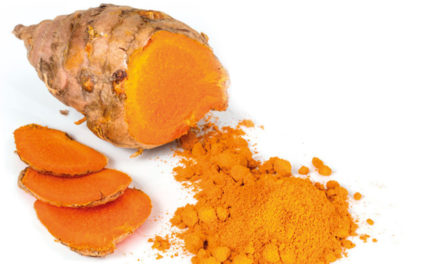The smut fungi of Greenland
Teodor T. Denchev1,2, Henning Knudsen3, Cvetomir M. Denchev1,2
1 Institute of Biodiversity and Ecosystem Research, Bulgarian Academy of Sciences, 23 Acad. G. Bonchev St., 1113 Sofia, Bulgaria 2 IUCN SSC Rusts and Smuts Specialist Group, Sofia, Bulgaria 3 Natural History Museum of Denmark, Øster Voldgade 5–7, 1350 Copenhagen, Denmark
Corresponding author: Teodor T. Denchev (ttdenchev@gmail.com)
Academic editor: M. Thines | Received 17 October 2019 | Accepted 9 January 2020 | Published 5 March 2020
Citation: Denchev TT, Knudsen H, Denchev CM (2020) The smut fungi of Greenland. MycoKeys 64: 1–164.
https://doi.org/10.3897/mycokeys.64.47380
Abstract
The first taxonomic treatment of the smut fungi in Greenland is provided. A total of 43 species in 11 genera are treated and illustrated by photographs of sori, microphotographs of spores in LM and SEM, and distribution maps. Two species, Anthracoidea pseudofoetidae and Urocystis tothii, are recorded as new from North America. Thirteen species, Anthracoidea altera, A. capillaris, A. limosa, A. liroi, A. pseudofoetidae, A. scirpoideae, A. turfosa, Microbotryum lagerheimii, M. stellariae, Schizonella elynae, Stegocintractia luzulae, Urocystis fischeri, and U. tothii, are reported for the first time from Greenland. Three new fungus host combinations, Anthracoidea capillaris on Carex boecheriana, Anthracoidea pseudofoetidae on Carex maritima, and Urocystis tothii on Juncus biglumis, are given. Five plant species are reported as new hosts of smut fungi in Greenland, namely, Carex nigra for Anthracoidea heterospora, C. canescens for Anthracoidea karii, C. fuliginosa subsp. misandra for Anthracoidea misandrae, C. maritima for Orphanomyces arcticus, and C. fuliginosa subsp. misandra for Schizonella melanogramma. Three species, Microbotryum violaceum s. str. (recorded as ‘Ustilago violacea’), Urocystis anemones, and U. junci, which were previously reported from Greenland, are considered wrongly identified. Additional distribution records are given for 12 species from Greenland: Anthracoidea bigelowii, A. caricis, A. elynae, A. lindebergiae, A. misandrae, A. nardinae, A. rupestris, A. scirpi, Schizonella melanogramma, Stegocintractia hyperborea, Urocystis agropyri, and U. sorosporioides. The most numerous distribution groups are the following: circumpolar–alpine and Arctic–alpine species – 14; circumboreal–polar species – 10; and circumpolar and Arctic species – 6. The most widely distributed smut fungi in Greenland were Anthracoidea bigelowii, A. elynae, Microbotryum bistortarum, and M. vinosum. Most species were found in the High Arctic zone (29 species), while from the Low Arctic zone and the Subarctic zone, 26 and 19 species were known, respectively. Ten species, Anthracoidea bigelowii, A. capillaris, A. elynae, Microbotryum bistortarum, M. koenigiae, M. pustulatum, M. silenes-acaulis, M. vinosum, Schizonella elynae, and Urocystis sorosporioides, were recorded from all three zones. Only plants belonging to six families, Cyperaceae, Poaceae, Juncaceae, Ranunculaceae, Caryophyl-laceae, and Polygonaceae, out of a total of 55 in the flora of Greenland, hosted smut fungi. Cyperaceae was the plant family with most host species (23). Carex was the genus with the highest number of host species (22). The total number of the host plants (45 species) was 8.5 % out of a total of 532 vascular plants in the flora of Greenland. A new combination in Carex, C. macroprophylla subsp. subfilifolia, is proposed for Kobresia filifolia subsp. subfilifolia.
Keywords
Anthracoidea, Arctic fungi, Arctic–alpine fungi, Microbotryum, Schizonella, Stegocintractia, Urocystis, Ustilentyloma pleuropogonis







